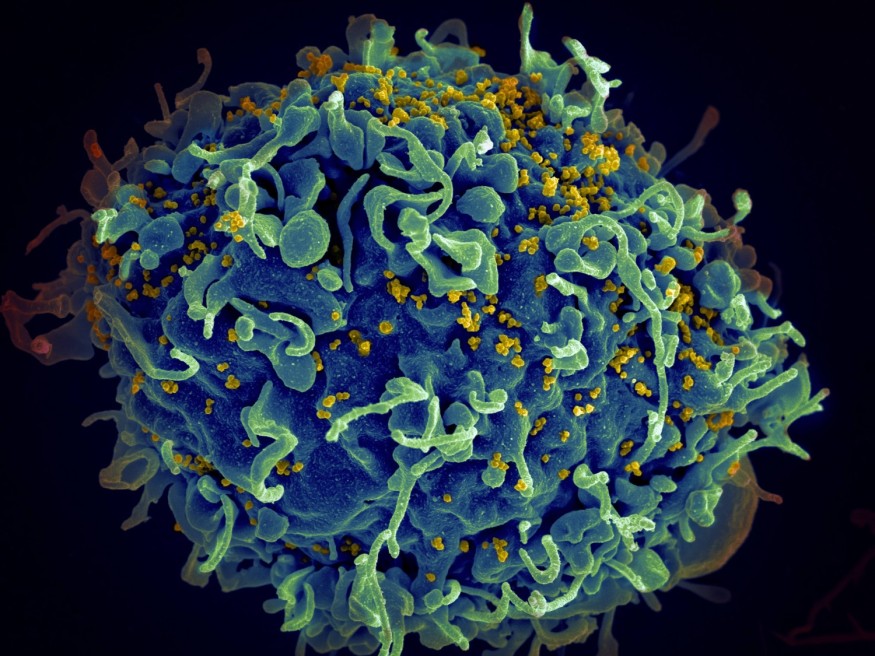During a presentation at the 24th International AIDS Conference in Montreal, the National Institute of Allergy and Infectious Diseases (NIAID) scientists under their Vaccine Research Center (VCR) described a new cutting-edge technology that revealed new insights about HIV-infected cells that opened new doors for HIV cure research.
The team from NIAID, which is part of the National Institutes of Health (NIH), said during the AIDS 2022 presentation that their new technology gives promising results that address the limitations of existing technologies used in HIV/AIDS research.

What Is HIV/AIDS?
According to HIV.org, the human immunodeficiency virus (HIV) attacks healthy cells that keep the body healthy and fight infection, making the person vulnerable to infectious diseases. HIV is transmitted via bodily fluids of an infected person, usually during unprotected sexual intercourse, sharing syringes, or when a mother passes it to her baby.
If HIV is left untreated, it could lead to acquired immunodeficiency syndrome (AIDS), the late stage of HIV infection that badly damages the body's immune system because of the virus. In the US, most HIV patients do not develop AIDS because of prescribed medications that stop the disease's progression.
But an HIV-infected person could notice that their disease is progressing towards AIDS if their CD4+ T cells fall below 200 per cubic millimeter of blood, and they develop one or more opportunistic infections regardless of their CD4+ T cell count.
.HIV/AIDS patients could typically live for up to three years without medication, but it is dangerous and it is still recommended to take medicines as they have more benefits. For now, there is no HIV cure available and medications can only reduce the virus in the blood and not completely eradicate them. However, the new study offers new hope for HIV cure research.
Read also: HIV Prevention: Apretude, the First Injectable Drug That Can Replace Daily Pill Now FDA Approved
HIV-Infected Cells Susceptible to Target Therapies
According to Medical Xpress, NIAID researchers collaborated with a bioengineering group from the University of California, San Francisco, to help them with the study. They developed a new technology, which is a custom microfluidic sorting called Focused Interrogation of Cells by Nucleic Acid Detection and Sequencing (FIND-Seq).
FIND-Seq can define gene expression patterns in rare cells where latent HIV is by generating millions of single-cell reaction containers in the form of water-in-oil emulsions where mRNA could capture and detect the virus DNA to perform genetic sequencing while maintaining segregation in cells.
They first applied the technology to the blood cells of six HIV patients who had been taking ART and had more than one year of experience with viral suppression. Then they compared the gene expression patterns of HIV-infected CD4+ T cells to those of healthy CD4+ T cells from the same person.
They noticed clear differences between HIV-infected cells and healthy cells, such as gene expression patterns linked to the suppression of multiple steps in the HIV lifecycle and the survival and proliferation of those infected cells.
The findings indicate that HIV-infected CD4+ T cells may be susceptible to specific target therapies, reinforcing recent interest in improving HIV cure strategies based on latency reversal that is aimed at blocking the HIV lifecycle that potentially leads to the death of infected cells.
RELATED ARTICLE : HIV Infection Treatment Found? Will This New Medical Breakthrough Finally Cure Patients with AIDS?
Check out for more news and information on HIV/AIDS in Science Times.










